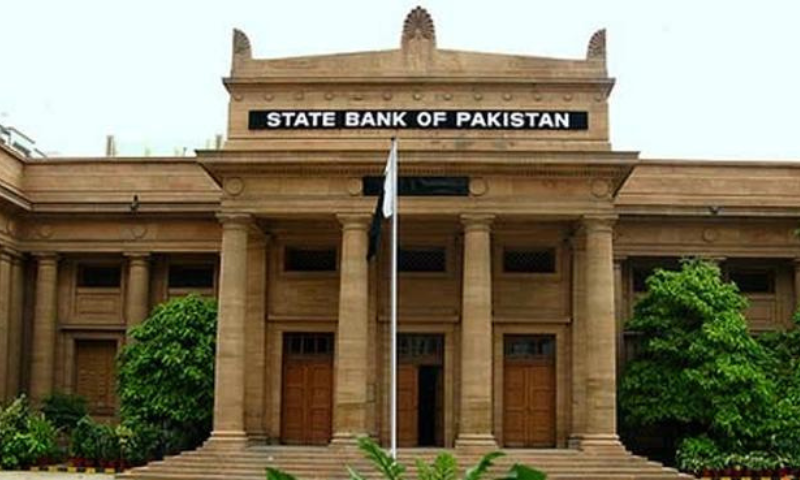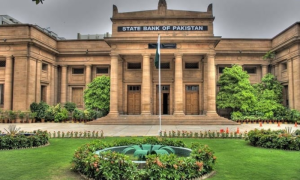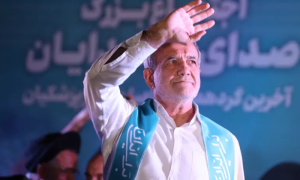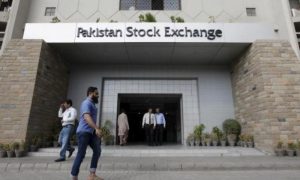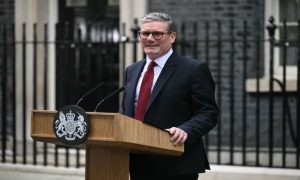KARACHI: The State Bank of Pakistan (SBP) on Monday cut its key interest rate by 150 basis points in a widely expected move, marking its first reduction in nearly four years in its effort to boost growth amid a sharp decline in retail inflation. The cut in key interest rate will be effective from June 11, 2024, amid moderate GDP growth and declining inflation.
With inflation figures showing a marked slowdown to a 30-month low of 11.8% in May, the SBP opted to reduce the key interest rate to 20.5%. This decision, made just two days ahead of the federal budget announcement, reflects the central bank’s proactive approach to leveraging monetary policy tools to bolster economic activity amidst favorable inflationary trends.
The Monetary Policy Committee (MPC) of SBP noted that while the significant decline in inflation since February was broadly in line with expectations, the May outturn was better than anticipated earlier.
The Committee assessed that underlying inflationary pressures were also subsiding amidst a tight monetary policy stance, supported by fiscal consolidation. “This is reflected by continued moderation in core inflation and ease in inflation expectations of both consumers and businesses in the latest surveys,” read the official statement.
At the same time, the MPC viewed some upside risks to the near-term inflation outlook associated with the upcoming budgetary measures and uncertainty regarding future energy price adjustments.
Notwithstanding these risks and the decision to cut the policy rate, the Committee noted that the cumulative impact of the earlier monetary tightening is expected to keep inflationary pressures in check.
The committee noted various key developments since its last meeting. “First, real GDP growth remained moderate at 2.4 percent in FY24 as per provisional data, with subdued recovery in industry and services partially offsetting the strong growth in agriculture.
“Second, reduction in the current account deficit has helped improve the FX reserves to around US$9 billion despite large debt repayments and weak official inflows. The government has also approached the IMF for an Extended Fund Facility program, which is likely to unlock financial inflows that will help in further build-up of FX buffers,” reads the press release.
The international oil prices have also declined, whereas non-oil commodity prices have continued to inch up.
Based on these developments, the Committee, on balance, viewed that it is now an appropriate time to reduce the policy rate.
“The Committee noted that the real interest rate still remains significantly positive, which is important to continue guiding inflation to the medium-term target of 5 – 7 percent.”
Various surveys conducted by leading research institutions, including Topline Research and CFA Society Pakistan, had indicated widespread expectations for a policy rate reduction. Notably, 43% of participants in the Topline Research survey foresaw a 100-basis-point decrease, while 48% in the CFA Society Pakistan poll expected a reduction of up to 100 basis points. Similarly, a Bloomberg survey found that 63% of participants expected a 100-basis-point decline in the key rate.
This is the first time in the last four years (Since Jun 25, 2020) that the SBP has decided to start monetary easing.
This decision marks a significant shift in monetary policy direction, as the SBP had last changed interest rates during an emergency meeting in late June of the previous year when it raised rates by 100 basis points to a record high of 22%.
Prominent economist Khaqan Najeeb highlighted the positive impact of the reduced interest rate on the economy. He emphasized that with inflation reaching a low level of 11.8%, substantial room for adjustment had emerged in Pakistan’s interest rate. He underscored the importance of monitoring core inflation, CPI headline inflation, and food inflation trends in subsequent monetary policies, noting the potential for continued easing in inflationary pressures.
Najeeb further elucidated that while Pakistan’s economy had faced challenges, including sluggish growth rates primarily driven by the agriculture sector, the recent decline in food prices, attributed to favorable wheat and rice crops, boded well for inflationary dynamics in the upcoming months.
Pakistan’s Finance Minister Muhammad Aurangzeb, speaking at a business conference in China, had anticipated a reduction in interest rates amidst falling inflationary pressures.









